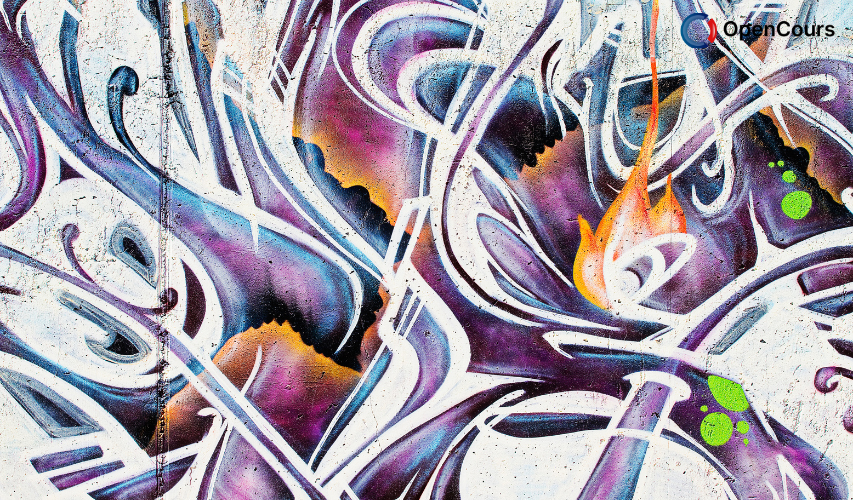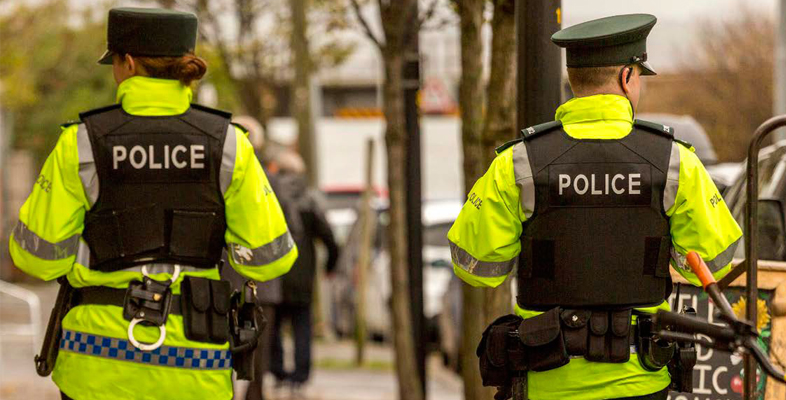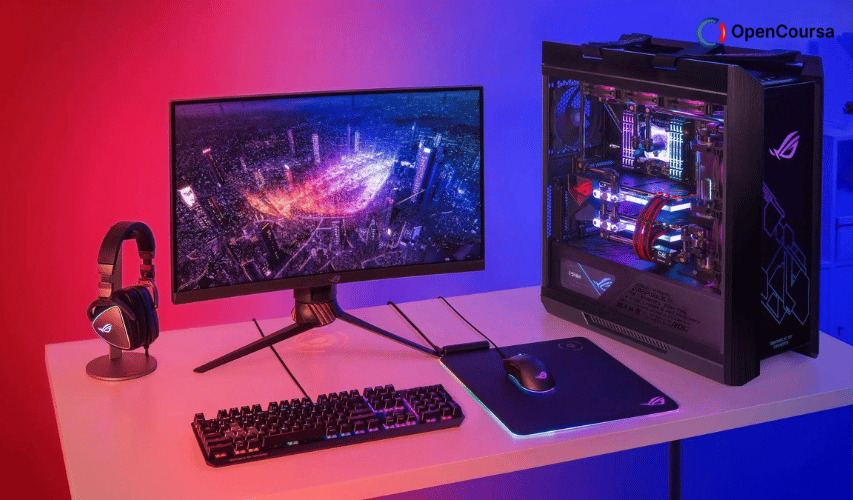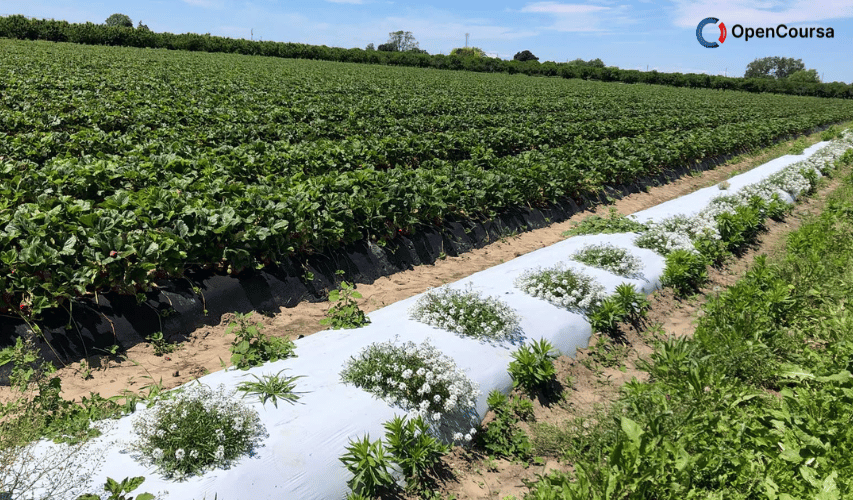Home » Course Layouts » Free Course Layout Udemy
This course, Collaborative problem solving for community safety, offers a range of techniques for community police officers, other community-based public service professionals and members of community groups working to solve problems collaboratively and creatively
0
18
English
English [CC]
FREE
- Learn basic syntax that can apply to any language.
- Learn what is a programming language and the basic concepts for beginners.
- Understand what is Javascript in it's truest form.
- Know the basic syntax of Javascript.
- Know some hidden quirks in Javascript.
Description
It examines some of the ways which OU specialists in creative problem solving recommend to tackle difficult problems, and how to implement them in a community setting.
Course learning outcomes
After studying this course, you should be able to:
- Implement a variety of skills and techniques aimed at improving collaborative working and decision-making with community members and partners
- Understand the role of all stakeholders in delivering effective solutions to local community safety problems.
Course content
- Introduction 00:25:00
-
- Introduction 00:07:00
-
- Learning and experience 00:10:00
- Different types of learning 00:20:00
- Using your everyday experiences 00:10:00
- Sources of learning 00:20:00
- Key elements of active listening 00:20:00
- Barriers to active listening 00:15:00
- Understanding what is said, understanding what is meant 00:15:00
- The importance of identifying vulnerability in community policing 00:20:00
- Key signs of vulnerability 00:15:00
- Summary 00:10:00
- Different types and sources of information 00:25:00
- Using mind maps to help make sense of complex information 00:30:00
- Further uses for mind mapping 00:07:00
- The internet – using information found online 00:40:00
- What is networking? 00:20:00
- What does networking look like in practice? 00:15:00
- How can a network support collaboration and problem solving in communities? 00:25:00
- Understanding your community network and how to use it 00:20:00
- Summary 00:10:00
- Learning to communicate more effectively 00:20:00
- Communication skills 00:20:00
- Developing your communication skills 00:15:00
- Online communication skills 00:15:00
- The process model of communications 00:25:00
- Communicating with community stakeholders 00:30:00
- Introduction 00:10:00
- Assessing critical problems in community settings 00:10:00
- What is a problem? 00:15:00
- Solving a problem 00:15:00
- Tame problems, messes and wicked problems 00:25:00
- Decision making in policing 00:30:00
- Proposing and negotiating solutions 00:10:00
- Influencing 00:15:00
- Negotiating 00:12:00
- Summary 00:12:00
N.A
- 5 stars0
- 4 stars0
- 3 stars0
- 2 stars0
- 1 stars0
No Reviews found for this course.
Instructor
Open University UK
4.8
4.8
14
43384
1068
Explore Free Courses
Access valuable knowledge without any cost.
{"title":"","show_title":"0","post_type":"course","taxonomy":"course-cat","term":"engineering-skills,health-and-safety","post_ids":"","course_style":"free","featured_style":"course6","masonry":"","grid_columns":"clear4 col-md-3","column_width":"268","gutter":"30","grid_number":"4","infinite":"","pagination":"","grid_excerpt_length":"20","grid_link":"1","grid_search":"0","course_type":"","css_class":"","container_css":"","custom_css":""}










